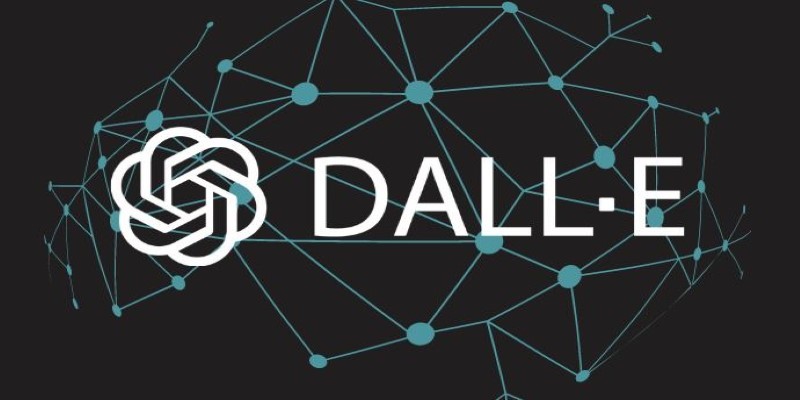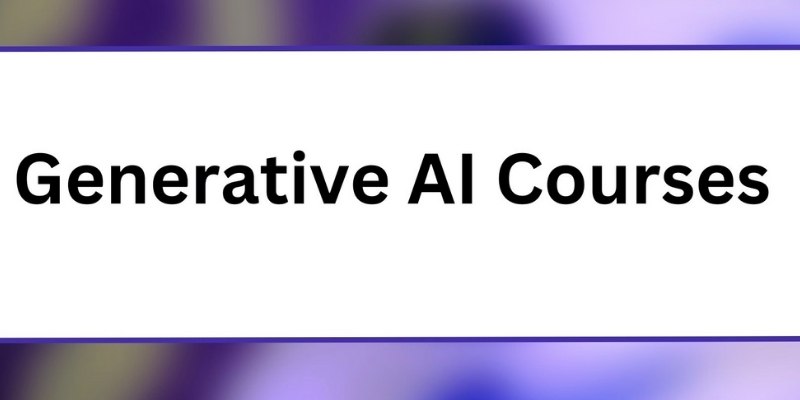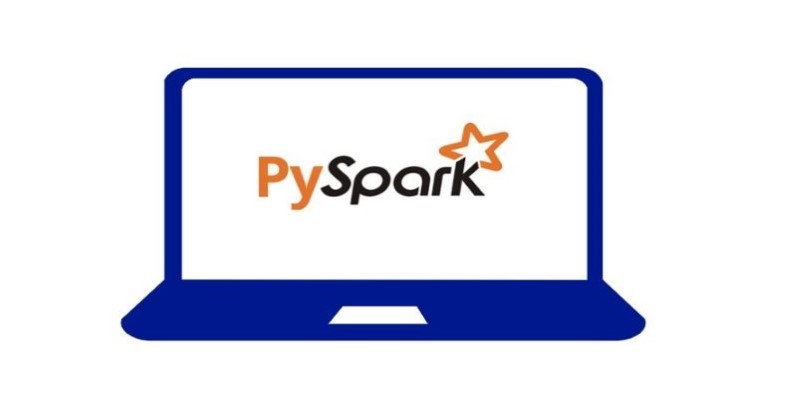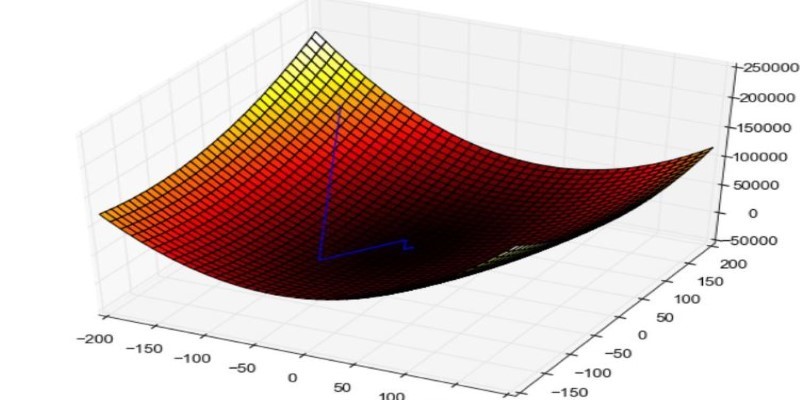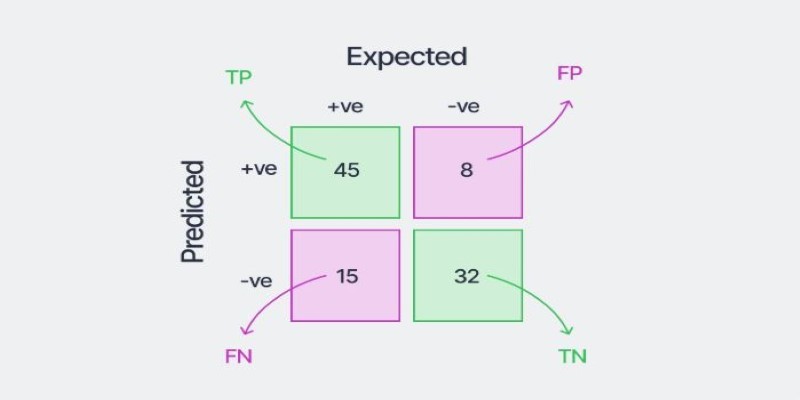Generative artificial intelligence is changing our creation of text, graphics, and even movies. It runs tools including DALL·E, ChatGPT, and other AI-driven projects. Though they worry about the cost, many people want to learn about this fascinating technology. The good news is that starting doesn't involve any financial outlay. Many excellent free courses can help you grasp and apply generative artificial intelligence.
These courses offer hands-on learning and useful tasks regardless of your experience level—beginner, student, or professional. You will learn much about AI models, deep learning, and text generation. Five of the top free courses to enable you to master generative artificial intelligence will be discussed in this article. These classes include real-world applications and regimented teaching, enabling everyone to learn.
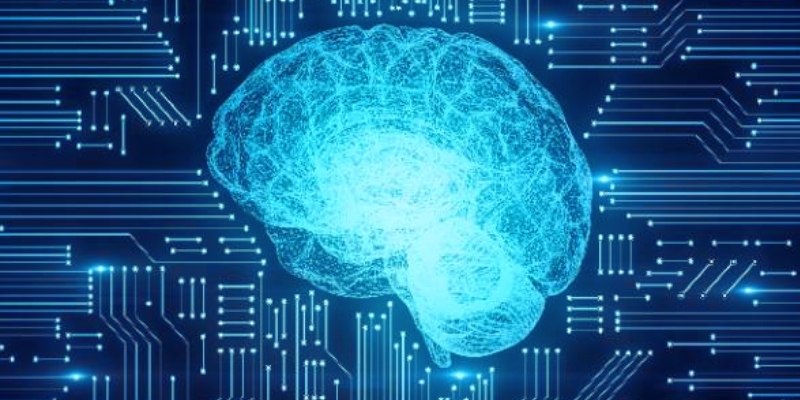
5 Free Courses to Master Generative AI
Here are the five best free courses on generative AI, covering key concepts, hands-on exercises, and real-world applications.
Introduction to Generative AI (Google Cloud Skills Boost)
Beginning students will find great value in Google Cloud Skills Boost's Introduction to Generative AI course. It offers a clear and straightforward introduction to generative AI by covering fundamental ideas, including machine learning, artificial intelligence-generated content, and popular models, including ChatGPT and DALL-E. It was designed as an interactive course with quizzes and hands-on activities to support learning. Anyone may access it without financial constraints since it is free with a Google account. Students will investigate the foundations of artificial intelligence, generative models, and practical uses for AI-generated material. The course is short, simple, and perfect for individuals seeking a rapid grasp of AI ideas. However, It does not fully address deep learning in detail, and there is no recognized certification at completion. For somebody fresh to generative artificial intelligence, it is still a useful tool despite these constraints.
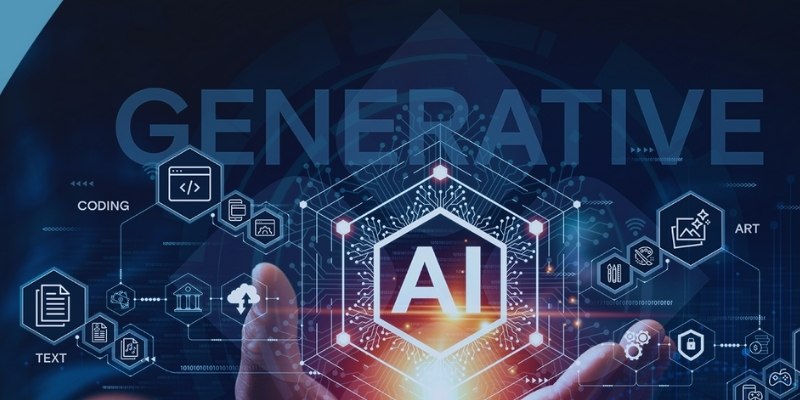
Generative AI with Large Language Models (DeepLearning.AI and AWS)
DeepLearning's Generative AI course uses large language models. AI and AWS Coursera are fantastic resources for learning about large language models (LLMs). It clarifies how AI models like GPT-4 process language, generate ideas, and produce writing. Anyone interested in artificial intelligence should be able to access the course since it is meant for beginners and experts. Students will investigate how LLMs create fine-tune AI models, write language, and handle ethical issues in artificial intelligence development. The course's Hands-on activities let students use their knowledge in practical settings. The material produced by professionals in artificial intelligence is orderly and instructive. However, some prior Python experience is advised; the free edition does not include graded tasks. Despite these little restrictions, this course is a great fit for individuals who wish to grasp and operate with text-generating artificial intelligence. You can get useful AI knowledge by free auditing it.
Practical Deep Learning for Coders (Fast.ai)
Fast.ai's Practical Deep Learning for Coders course is a hands-on instruction meant to teach deep learning through programming. Those who wish to create AI models from scratch and beyond theory should find it perfect. The course benefits novice and experienced programmers since it addresses fundamental artificial intelligence ideas. Deep learning principles, training artificial intelligence models, and using generative artificial intelligence methods will all be taught to students. The course guarantees students obtain real-world experience by including useful coding challenges. AI professionals teach it, which helps one to grasp difficult subjects. Nonetheless, some Python experience is needed; hence, the training may be difficult for beginners.
Notwithstanding these obstacles, this course is among the best free tools for learning deep learning. It enables students to create artificial intelligence models, collaborate with generative artificial intelligence, and grasp cutting-edge AI methods. This course is a great option to learn pragmatic artificial intelligence.
Generative Adversarial Networks (GANs) Specialization (Coursera - Free Audit)
Those interested in AI-generated photos, movies, and art will find the Generative Adversarial Networks (GANs) Specialty on Coursera a fantastic course. It clarifies GAN operations, how they produce reasonable material, and their practical uses. Designed for students with fundamental AI understanding, the course is appropriate for those who wish to progress beyond text-based artificial intelligence. Learners will study GAN architecture, train neural networks, and use GANs for artistic endeavors. The course lets students create their AI-generated material through practical coding projects. Since professionals in artificial intelligence developed it, the lessons are organized and simple to follow. Nonetheless, fundamental Python knowledge is needed, and the free audit edition lacks graded assignments or certifications. Notwithstanding these restrictions, anyone interested in investigating AI-generated media would find considerable value in this course. It offers insightful information for people fascinated by artificial creativity and deep learning.
Elements of AI (University of Helsinki and Reaktor)
Designed by the University of Helsinki and Reaktor, the Elements of AI course offers a novice-friendly overview of artificial intelligence. For those just starting in artificial intelligence, it covers fundamental ideas, machine learning, and practical applications. Anyone can participate and learn at their speed since the course does not call for programming knowledge. Students will investigate ethical issues, AI's capabilities, and workings. Interactive activities in the course aim to enable students to grasp AI ideas more precisely. It is reachable to a worldwide audience since it is free and available in several languages. It does not, however, concentrate especially on generative artificial intelligence or include practical coding assignments. Notwithstanding these restrictions, this course is a great beginning place for knowledge of artificial intelligence and how it affects society. It is perfect for individuals who wish to understand AI principles before delving into more complex subjects such as generative models and machine learning.
Conclusion:
One does not have to pay costly learning generative artificial intelligence. Anyone interested in artificial intelligence-generated content, deep learning, and huge language models has a fantastic beginning point with these five free courses. Regardless of your experience level—beginner, student, professional—these classes offer insightful information and practical skills. While some concentrate on deep learning methods and image production, others focus on text generation. Most students can access them even if some demand fundamental coding knowledge. Leveraging these free resources will help you develop AI knowledge and remain current with the most recent developments in generative artificial intelligence technology.

